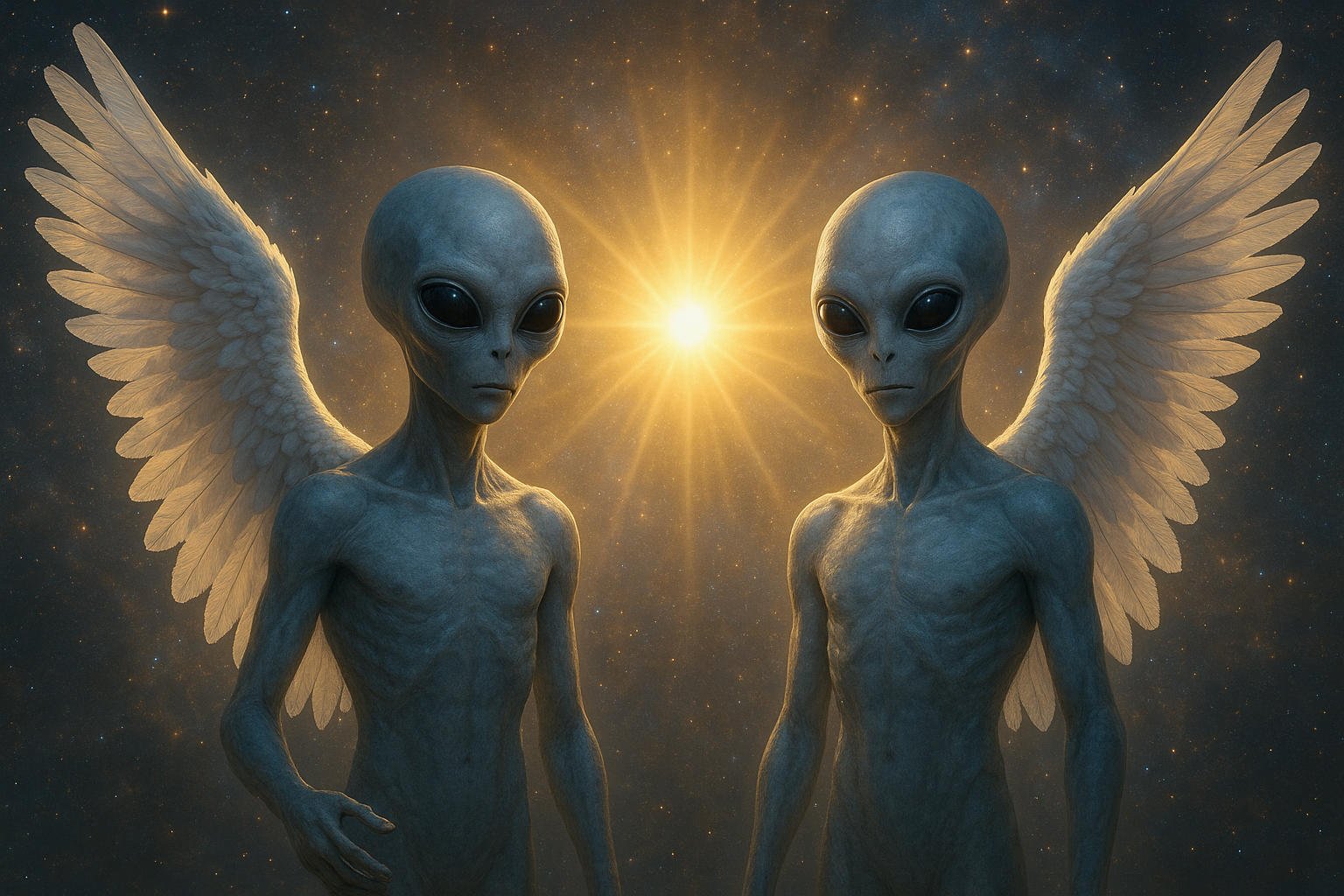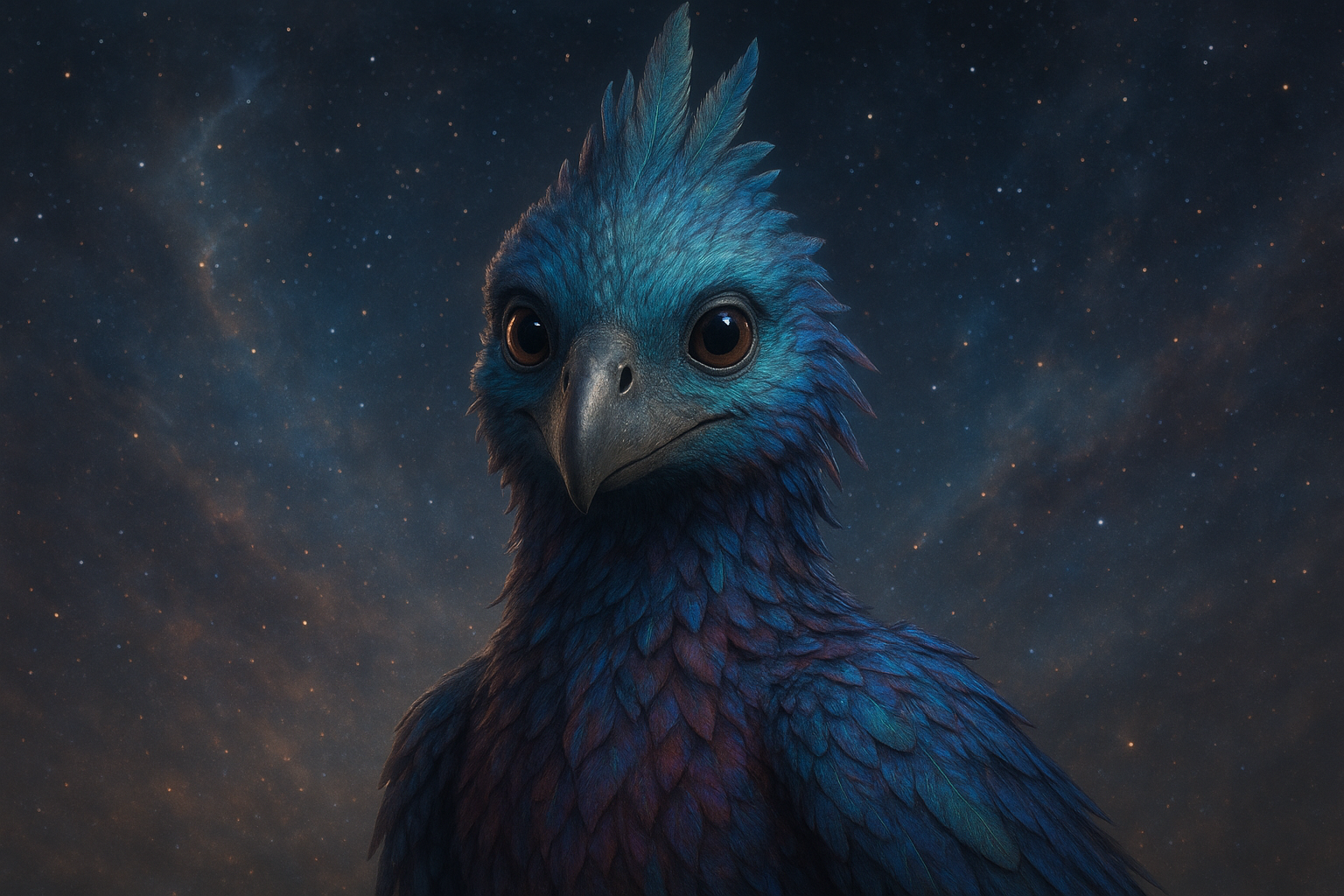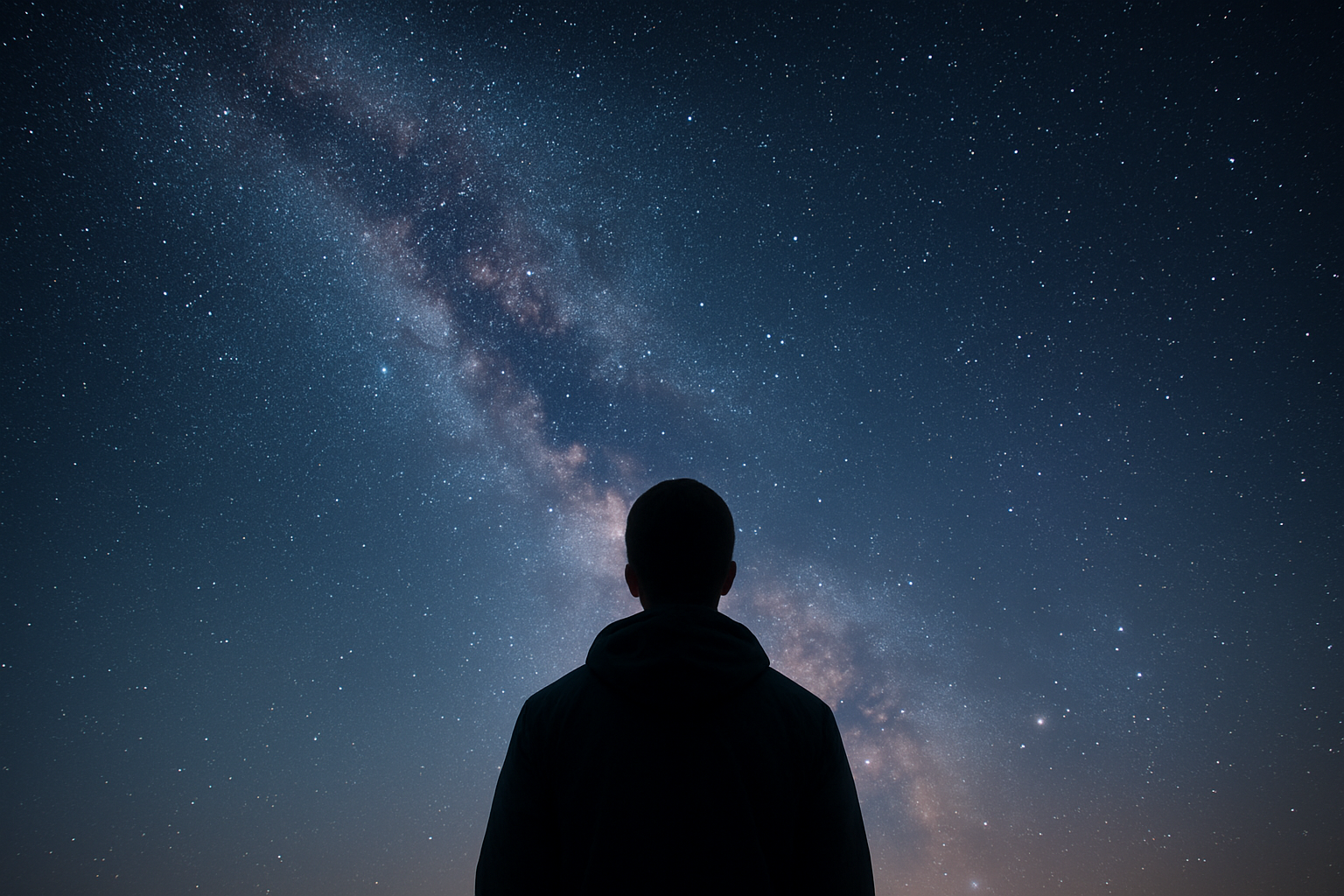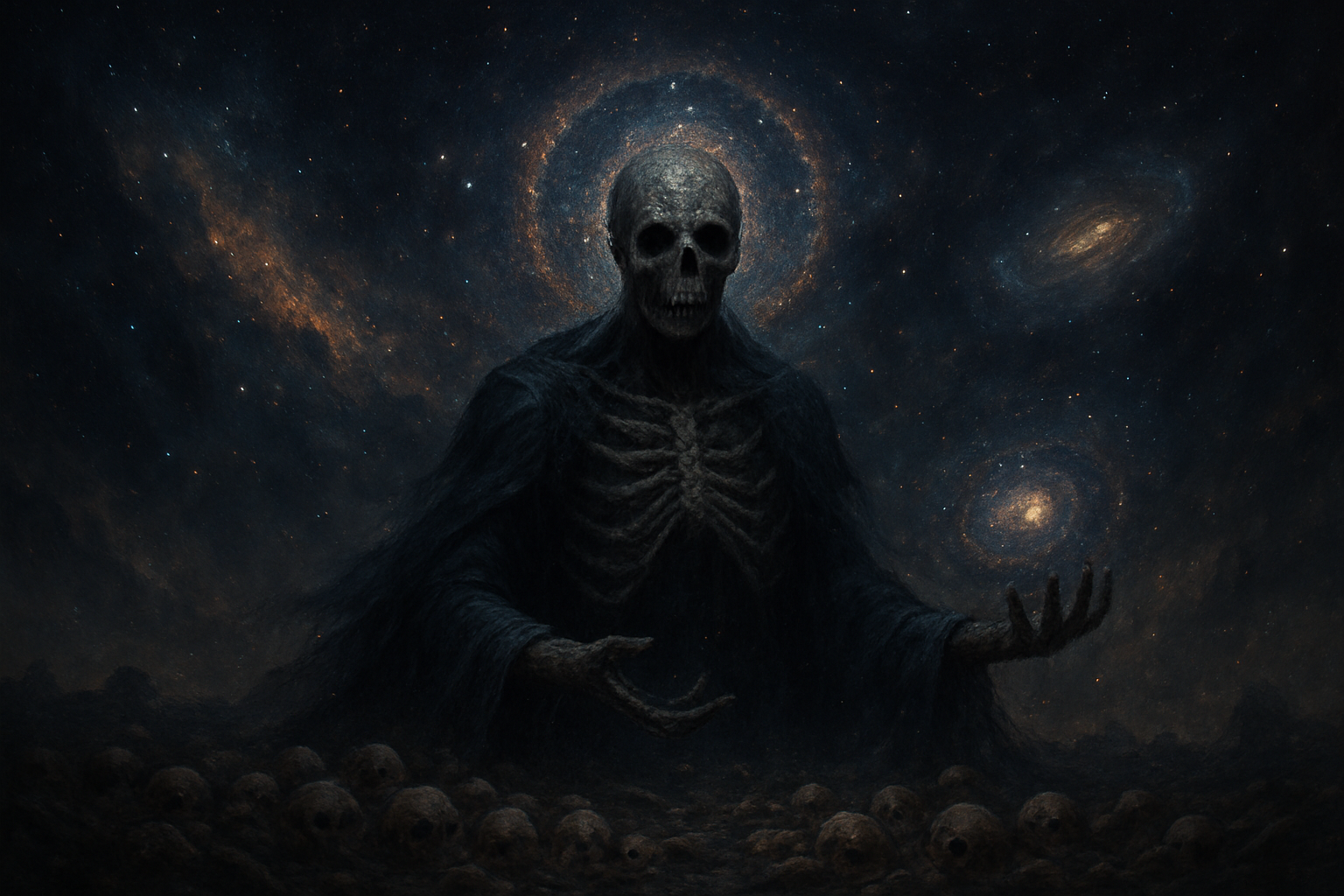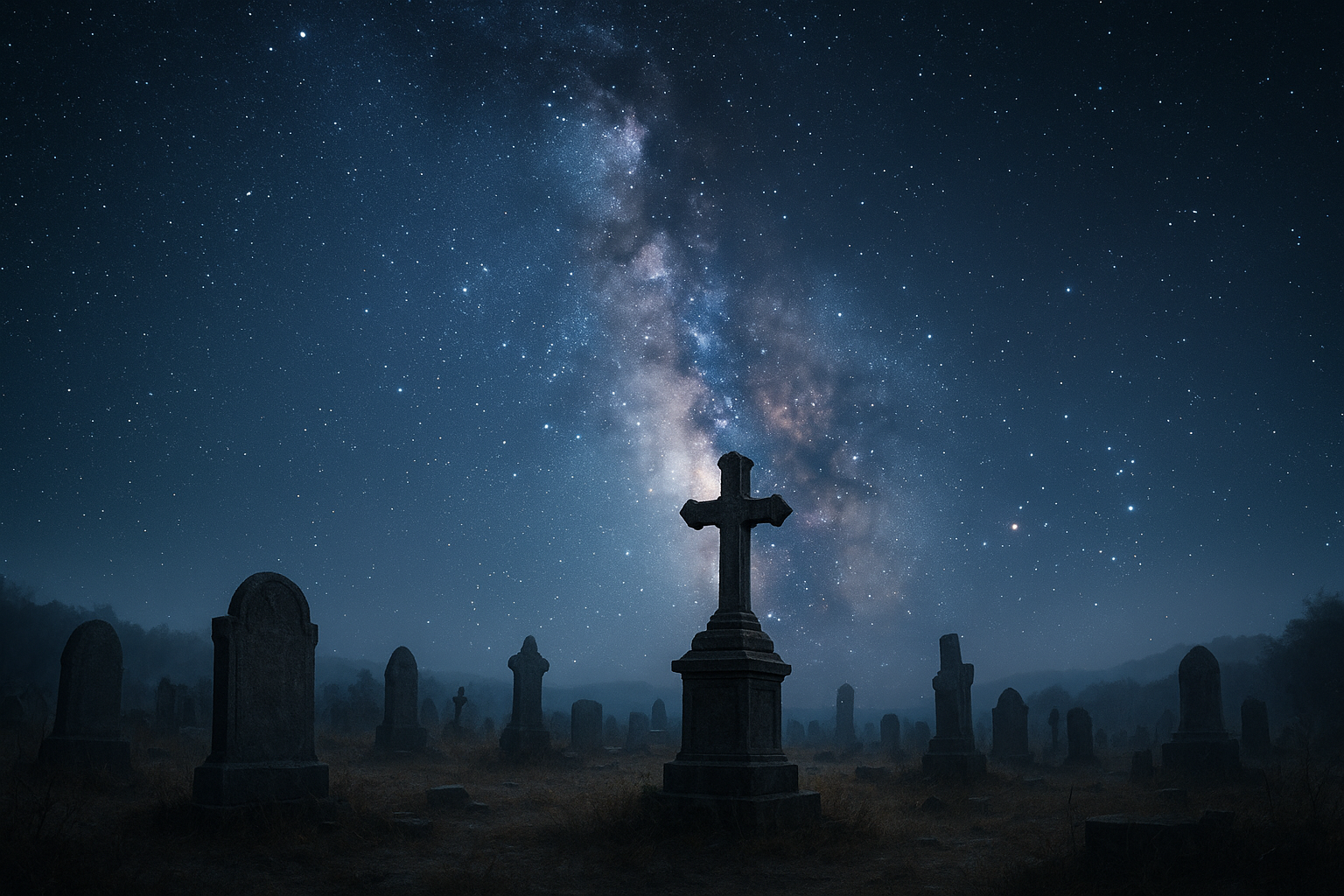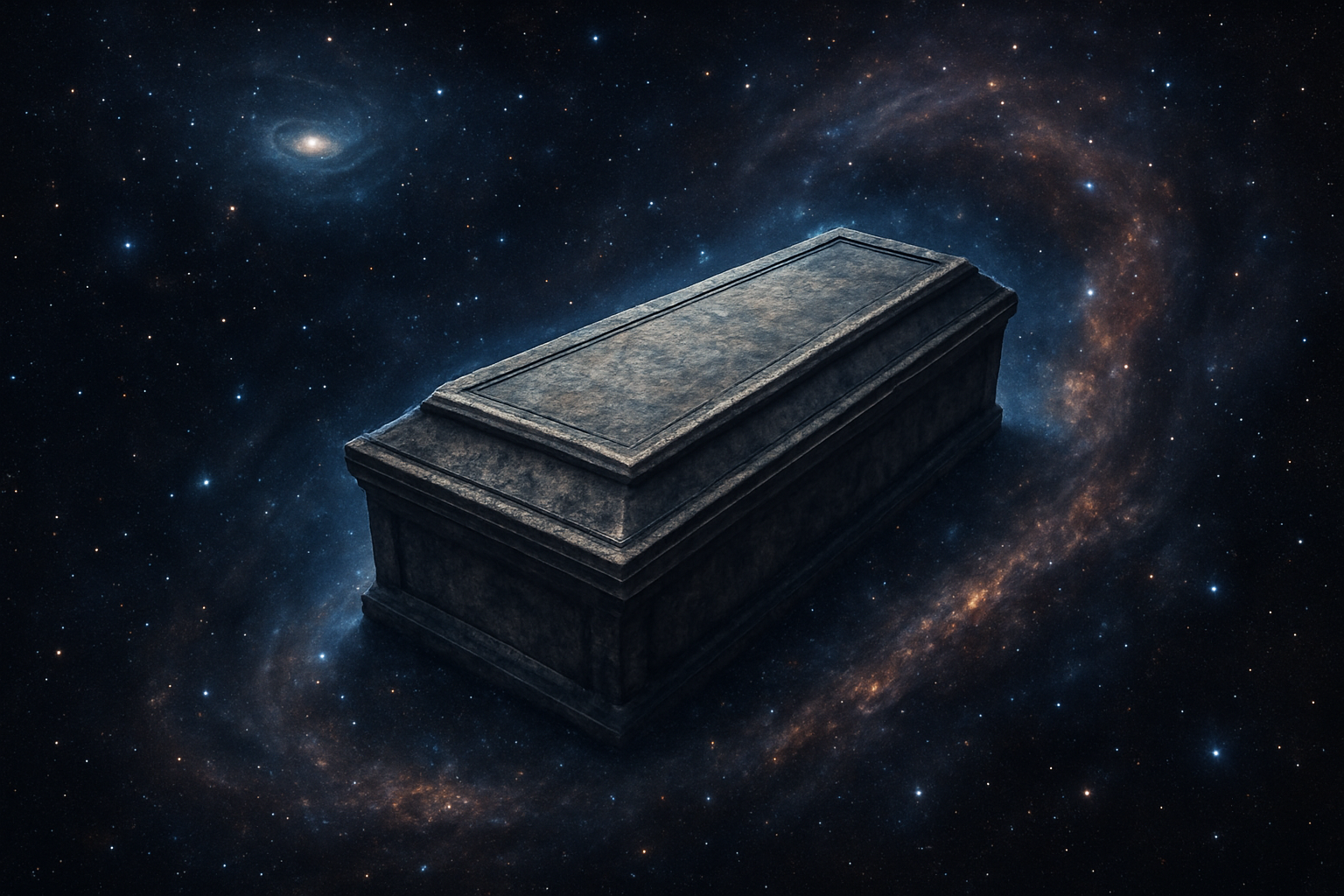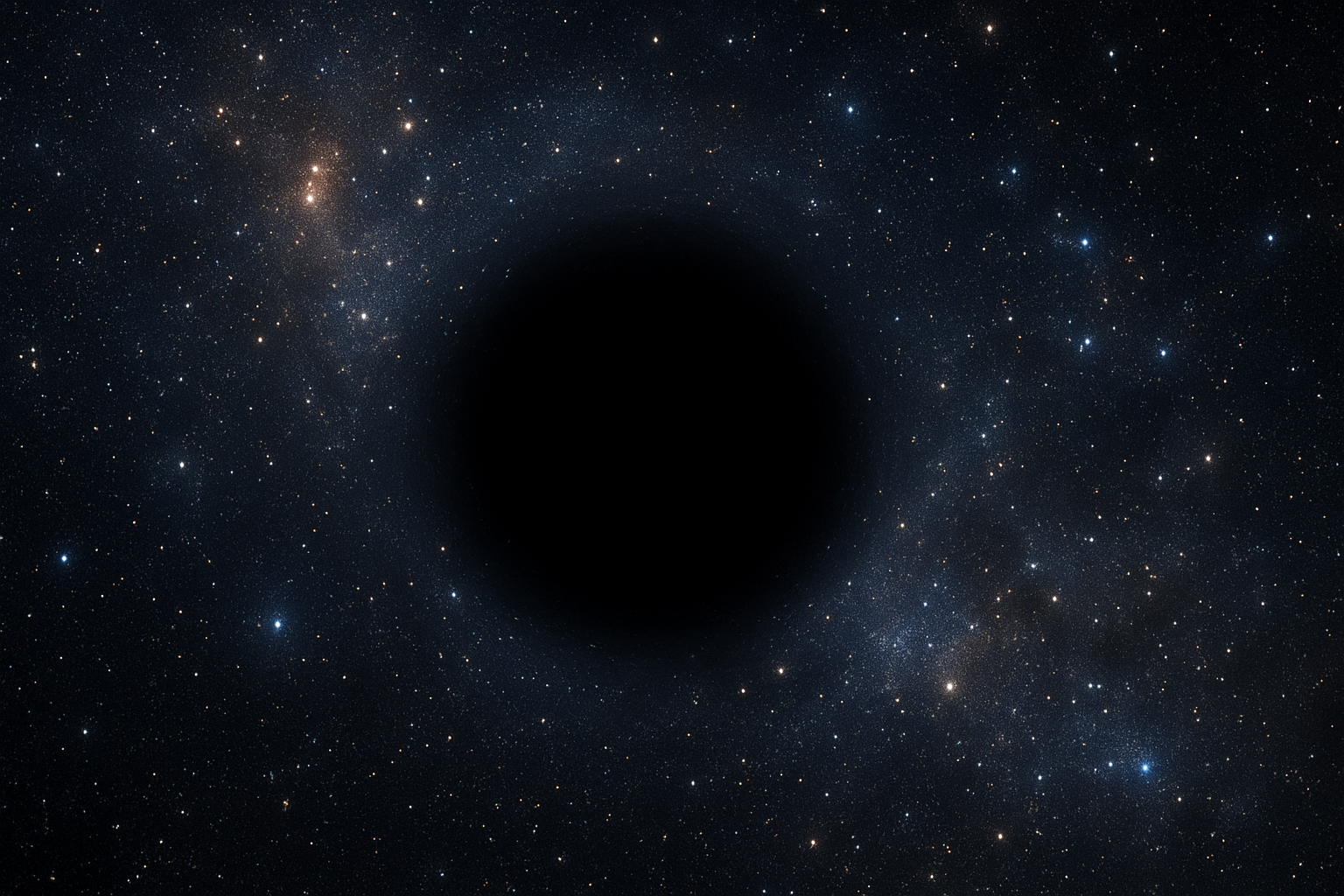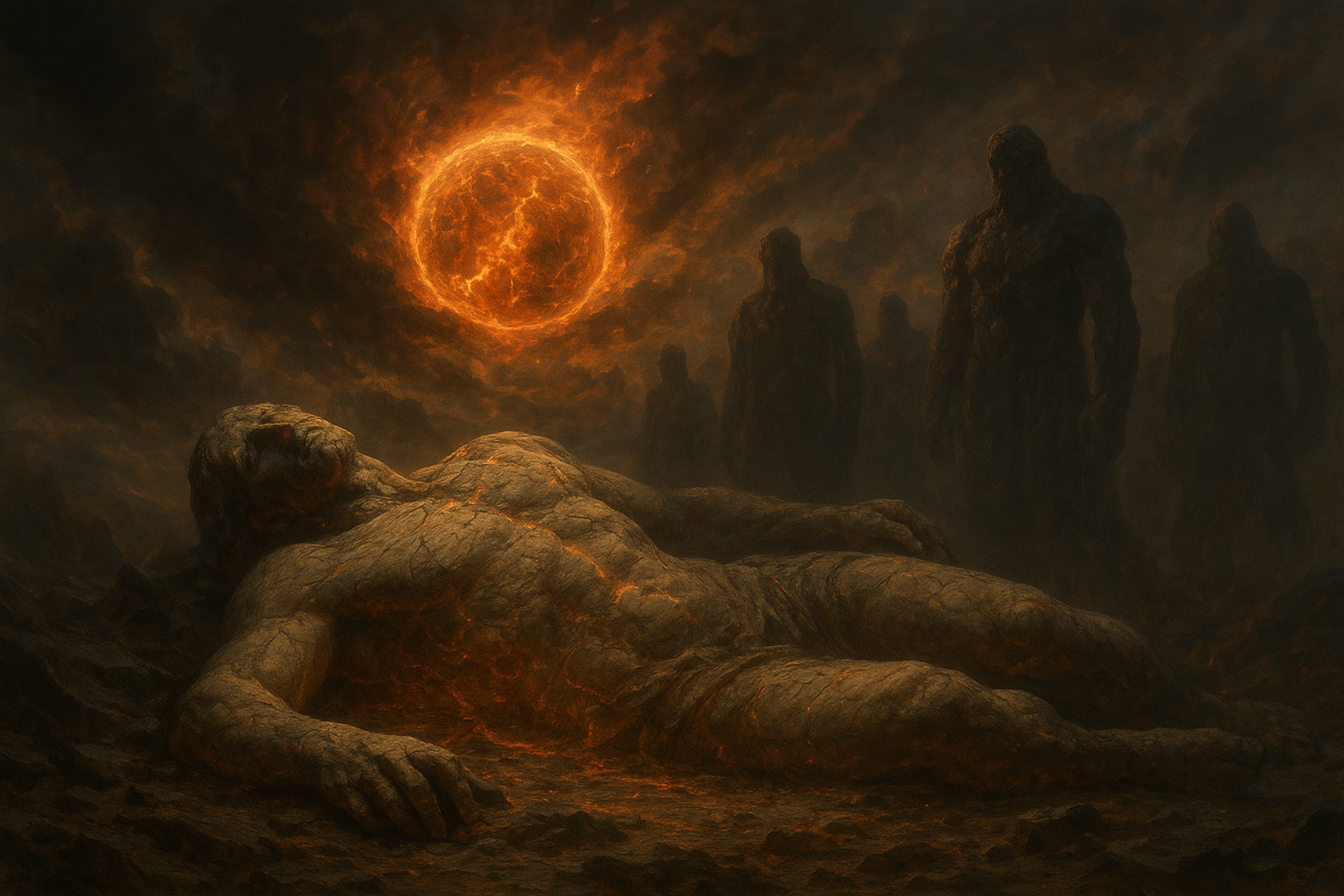The concept of alien life often flutters between the realms of science fiction and reality. However, throughout history, there are mystical connections and intriguing theories that suggest a more profound relationship between extraterrestrial beings, celestial events, and spiritual enlightenment.
One of these intriguing theories involves the alignment of angelic forces, alien entities, and the mystical energies of the solstice. The solstice, a moment when the Sun reaches its highest or lowest point in the sky, has long been considered a time of significant spiritual transformation and cosmic alignment. Ancient civilizations, from the Egyptians to the Druids, celebrated the solstice as a time of renewal and connection with higher realms.
Connecting with the Cosmos
According to some spiritual traditions, the solstice is a period when the veil between worlds is thinnest, allowing for a unique connection with the cosmos. The Gaia Theory, proposed by scientists like James Lovelock, posits that Earth functions as a single, self-regulating organism. Extending this idea, some spiritual thinkers suggest that celestial events like the solstice could act as cosmic beacons, drawing in extraterrestrial beings that operate on higher vibrational frequencies.
“If there are any extraterrestrial intelligences that are aware of our presence, then the solstice could be a time when they are most likely to make contact, riding in on the waves of cosmic energy we ourselves are attuned to.” – Anonymous Philosopher
Angels or Aliens?
In various spiritual texts and teachings, there is often a blending of identities between angels and aliens. Angelic descriptions in religious lore sometimes parallel accounts of alien sightings, both depicting beings of immense light and energy. This similarity leads to speculation that divine messengers and visiting aliens might be two interpretations of the same phenomenon.
- Angels are often described as luminous beings with wings, facilitating communication between the divine and earthly realms.
- Aliens, as described in countless UFO encounters, are often perceived as advanced, ethereal entities capable of transcending human limitations.
Whether these connections are literal or symbolic, they fuel the imagination and deepen our curiosity about potential life beyond our earthly existence. Maintaining an open mind to these possibilities invites a richer understanding of our place in the universe.
As the solstice approaches, individuals and communities worldwide prepare to engage with this sacred time. Whether through ancient rituals, meditative practices, or simply observing the natural transition, people seek to harmonize with the universe’s rhythms. Who knows—perhaps in doing so, we might unknowingly participate in a cosmic collaboration of angelic and alien proportions.
For those interested in exploring the intersection of spirituality, science, and extraterrestrial life, continue reading more on this topic in resources like Gaia or explore the works of scholars who have bravely delved into these cosmic mysteries.
